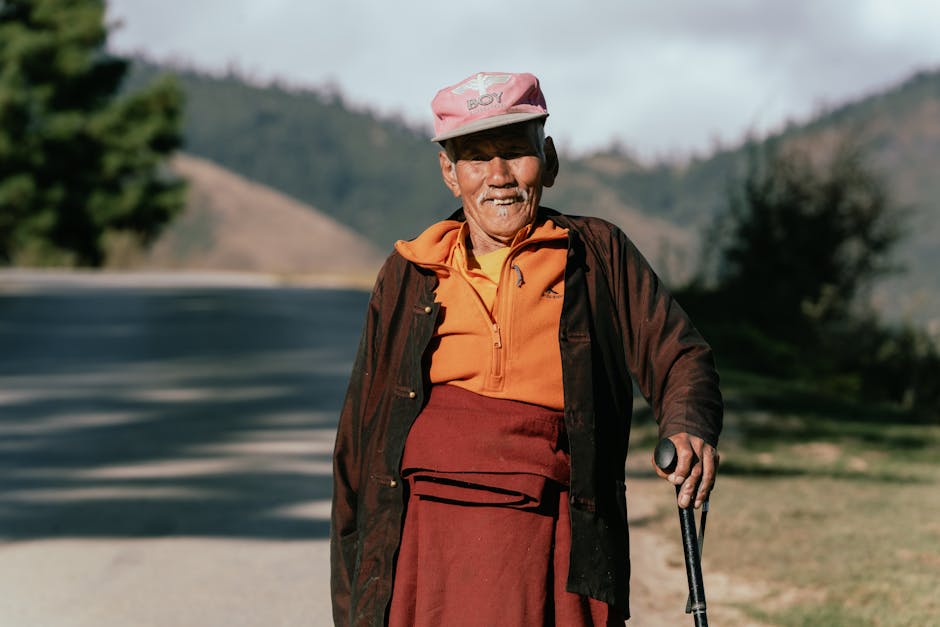What It Means to Travel With Purpose
Immersive travel isn’t just a trendy term for Instagram captions it’s a way of moving through the world that values depth over breadth. Where traditional tourism often skims the surface, immersive travel digs in. It asks more of you. Curiosity, patience, effort.
The difference between sightseeing and cultural exchange is presence. Sightseeing is ticking boxes, snapping photos, then moving on. Cultural exchange is slowing down, listening, learning how things are done differently and why.
This shift isn’t about chasing ‘authentic’ moments for the sake of novelty. It’s about connecting with people. Immersive travel invites us into living rooms, market stalls, home kitchens, and village squares. It replaces itineraries with conversations. And in doing so, it lets you leave with more than souvenirs you walk away with stories, some of which aren’t yours to tell, but stay with you anyway.
Traditions as a Lens Into Daily Life
Culture isn’t a museum piece it moves. It happens in street food stalls at dawn, drum circles at dusk, and quiet blessings over shared meals. Traditions like festivals, rituals, and local dishes aren’t just performances. They’re how communities express memory, belief, and identity, passed along through generations. When you’re traveling, these moments are the heartbeat of a place. Miss them, and you miss the point.
In a world that’s blending fast, traditions tell you what makes one place different from another. They act as anchors ways for people to hold on to who they are while everything else shifts. For travelers, that’s gold. You’re not just snapping pictures of color and light. You’re stepping into stories older than you.
That said, participation has limits. It might look cool to join a sacred ceremony, but ask yourself were you invited? Curiosity is good; entitlement isn’t. Being there doesn’t mean being in it. Learn when to watch and listen. Traditions deserve presence, not performance.
How to Find Authentic Experiences

If your trip can be recreated by scrolling a hashtag, you’re missing something. The real heart of a place doesn’t live in polished itineraries or postcard shots. It’s in the quiet streets, the stories told around kitchen tables, and the rituals that unfold when tourists aren’t watching.
Skip the well lit boulevards. Take side streets. Let yourself get a little lost. Look for community led tours run by locals who live the culture they’re sharing. Say yes to a home cooked meal. Stay late for the folklore night in the village hall. These are the moments that aren’t scheduled but stick with you.
Learn a few key phrases in the local language not to impress, but to connect. Even a simple greeting can open doors and soften barriers. Locals don’t expect fluency, but they notice the effort.
And don’t hunt for authenticity like it’s a souvenir. You’re not owed anyone’s story. Instead, be curious, pay attention, and let experiences come to you in their own time and shape. The best parts of travel often aren’t packaged. That’s the point.
For more on sidestepping the tourist trail, check out Travel beyond tourist traps.
The Ethics of Cultural Immersion
Cultural immersion isn’t a stage, and locals aren’t there to perform for your feed. As immersive travel rises in popularity, so does the risk of exploitation of turning rituals, homes, and livelihoods into tourist content. The first step is checking your lens. Is the experience about connection, or documentation? Are you asking to join because you’re curious, or because it’ll look good on camera?
Performance culture creeps in when traditions get bent to fit outsider expectations. Instead, seek spaces where the local rhythm stays intact without bending for your arrival. That might mean smaller, less showy moments: a quiet kitchen, a shared story, a walk to the market. Let locals lead. And recognize that sometimes, the respectful thing to do is to skip the shot and just be present.
Giving back doesn’t mean handing out cash or treats to kids. It’s about supporting community efforts already in motion. Choose local guides. Eat at family run spots. Buy directly from artisans. Travel shouldn’t disrupt it should sustain.
Finally, learn to sit with silence. You don’t need to ask every question. Curiosity matters, but so does timing and tone. Listen more than you speak. Not every tradition comes with a translation, and that’s okay.
Takeaways That Stick
Immersive travel doesn’t just change where you go it changes how you see. When you’re not simply crossing items off a bucket list, your focus shifts. You notice people’s routines. The smell of morning bread. Street games played by kids. Conversations that aren’t about you. Things slow down in a good way.
Something else happens too: you stop thinking of yourself as a visitor passing through and start acting like a guest invited in. That doesn’t mean you belong it means you’re aware you don’t, and you show up with care. You ask fewer questions like “What can I get out of this place?” and more like “What can I learn if I listen?”
You also literally carry less. Immersive travelers pack lighter. With smaller bags and looser schedules, habits fall away and space opens up for connection, hesitation, discomfort, observation. And those are often the bits you remember most.
This kind of travel stays with you. It sharpens your understanding beyond headlines and hashtags. It nudges your values. You return home with less stuff and more perspective.
More Resources for the Curious
Exploring culture through local traditions doesn’t have to end when the trip is over. Today’s curious traveler has a wealth of tools at their fingertips to go deeper, prepare better, and stay mindful while on the road or planning the next destination.
Curated Reads: Go Beyond the Surface
Travel beyond tourist traps
This article is a great starting point for understanding how to bypass curated tourist experiences in favor of real cultural connections.
Digital Tools for Conscious Travelers
Use technology to enhance awareness, not replace it. A few useful categories of tools include:
Cultural Etiquette Guides
Learn what’s considered respectful and what isn’t. From dining customs to greeting rituals, these guides help travelers avoid unintentional missteps.
Language Learning Apps
Even learning just a few local phrases can open doors. Apps like Duolingo, Babbel, and Memrise make it easy to absorb foundational vocabulary.
Local Community Forums
Platforms like Reddit, Facebook Groups, and Couchsurfing discussions often feature insight from locals and long term travelers. Great for tips that won’t show up in mainstream travel blogs.
Tip: Ask Locals (and Listen Actively)
Sometimes the best guidance isn’t in an app or guide it’s in conversation. Be open, humble, and ready to listen. Authenticity begins with respect.
End every trip with questions, not checklists. That’s the spirit of immersive travel.

